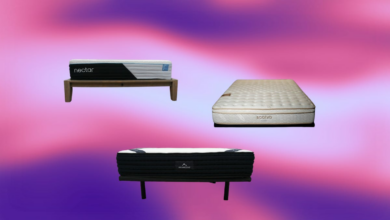Shanling M0s digital audio player review: Little melodies for a song
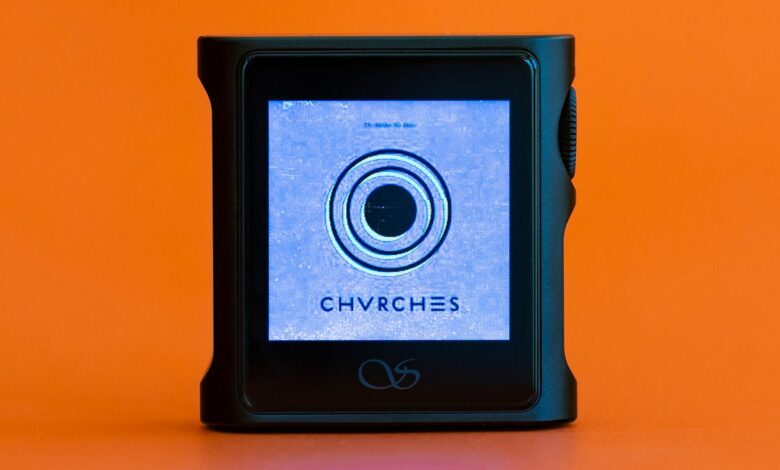
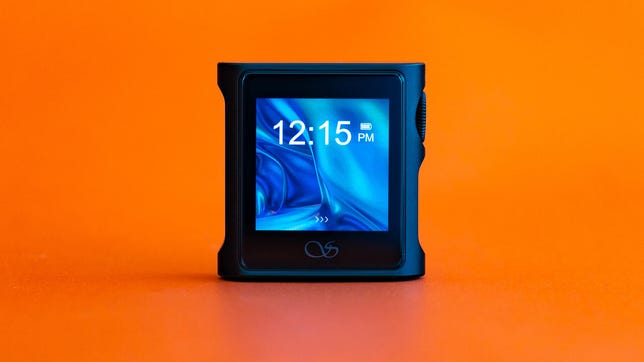
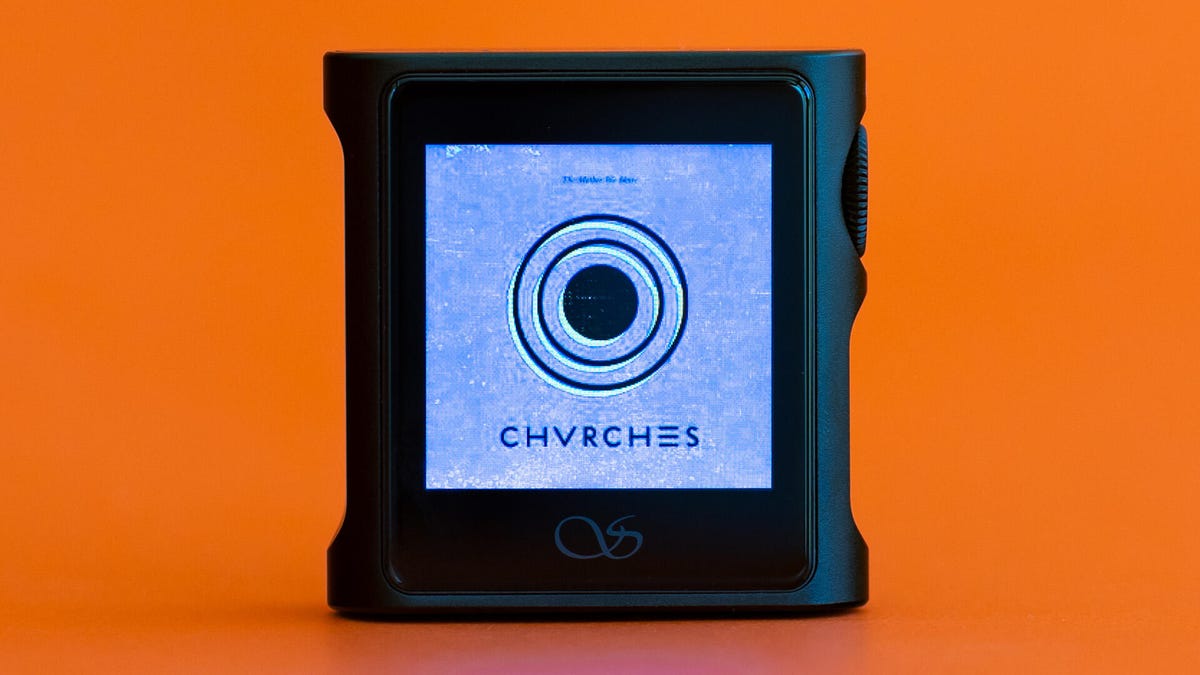
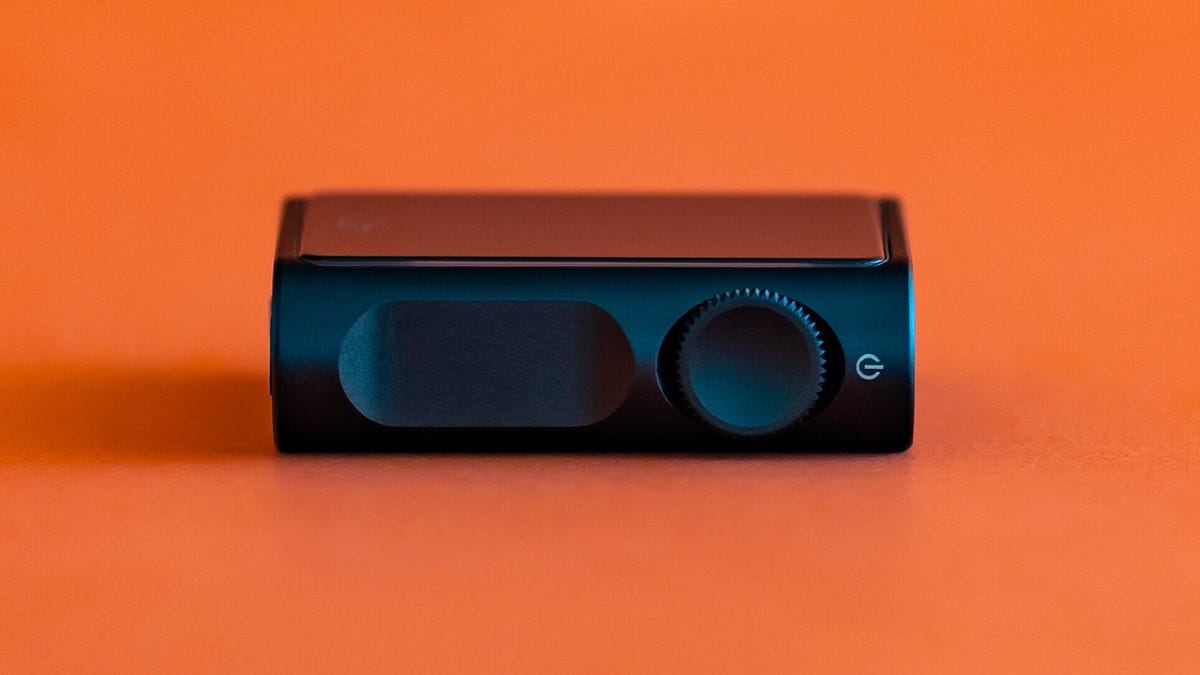
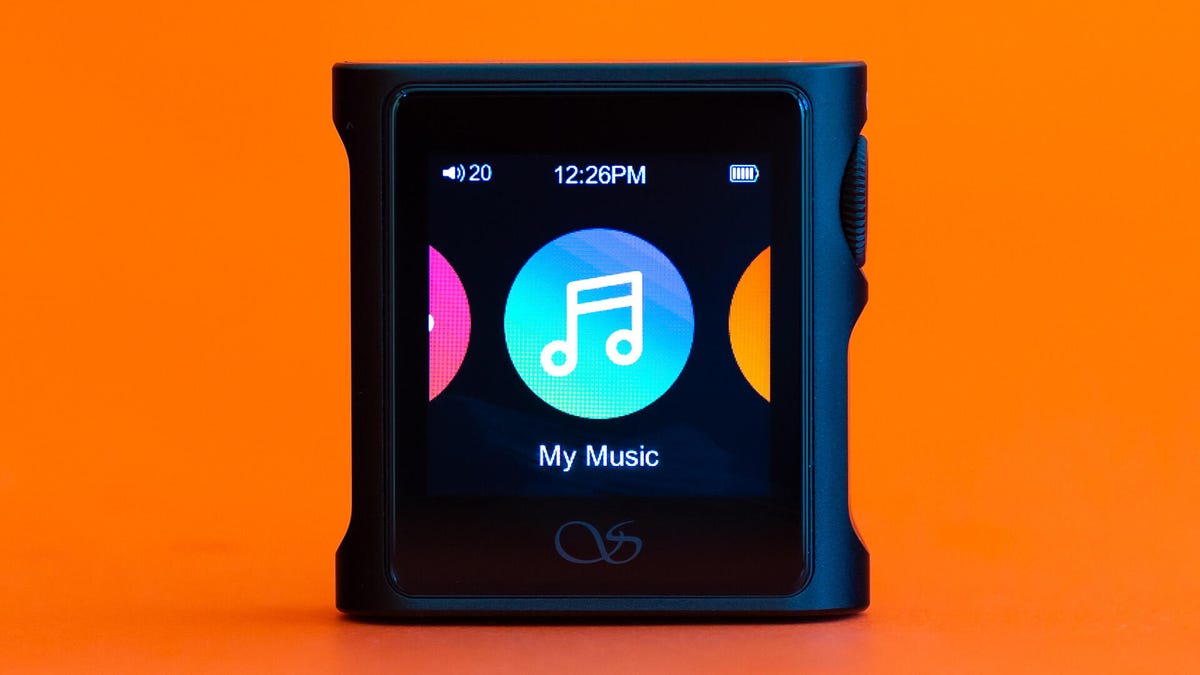
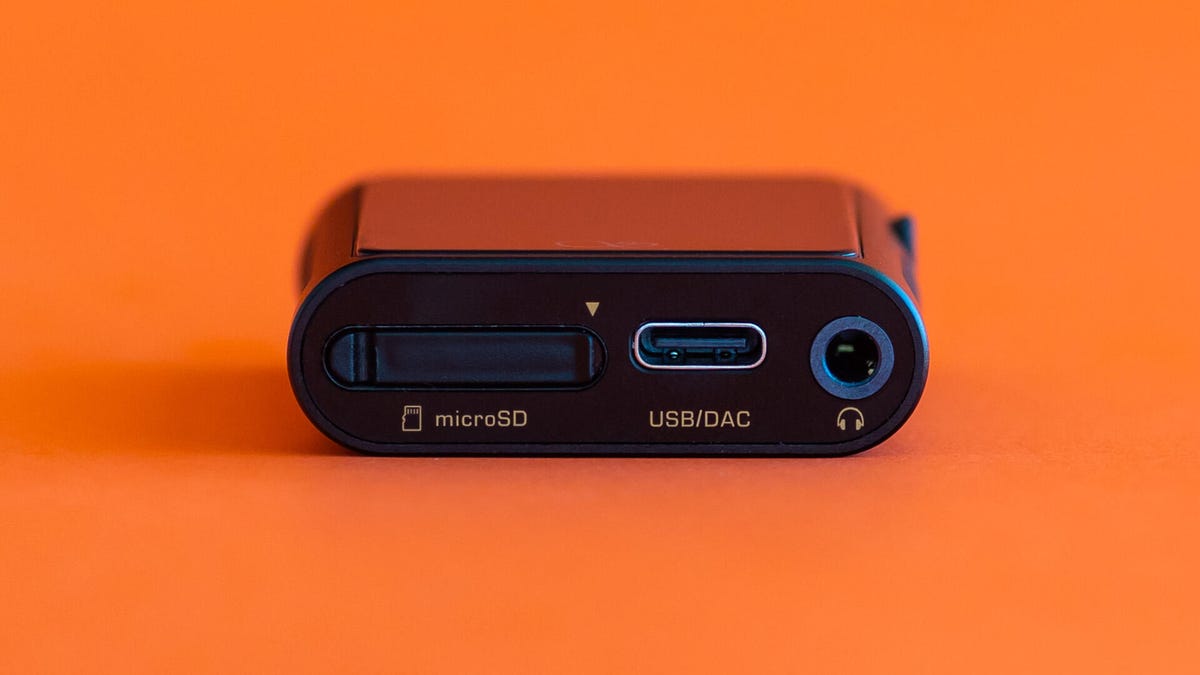
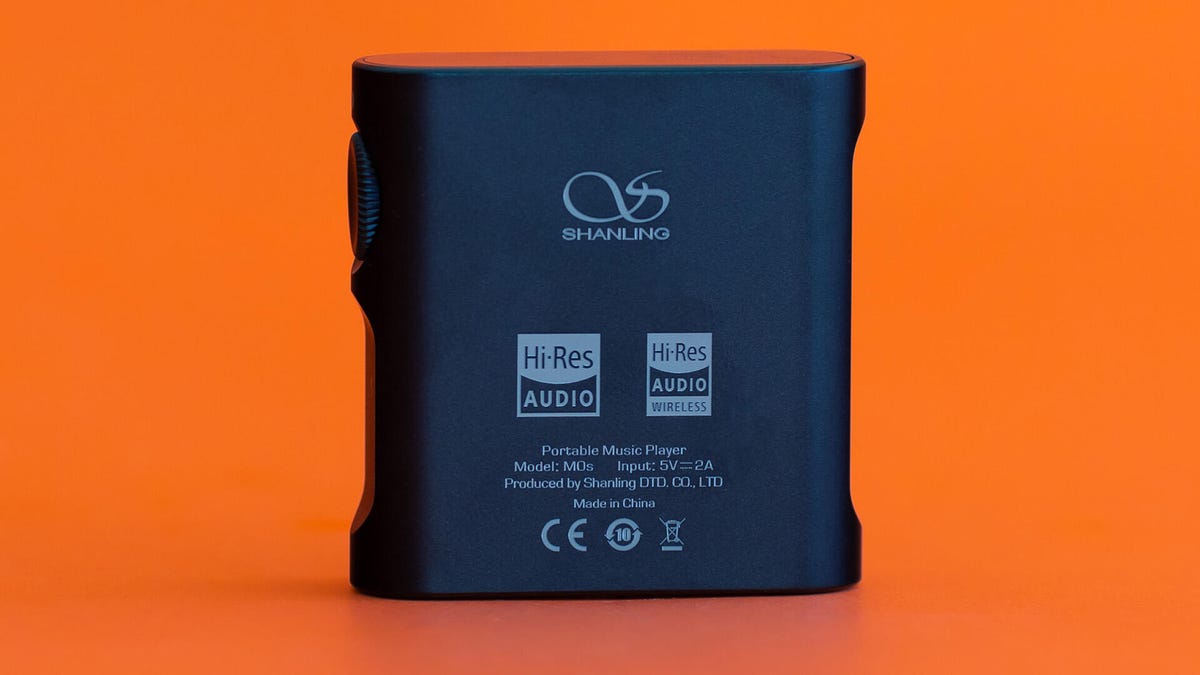
Remember the iPod Shuffle or iPod Nano, those teeny-tiny music players barely bigger than a postage stamp? The Shuffle had no screen, just buttons and music. The 6th-generation Nano had a tiny screen, but it was still all about the music. The Shanling M0s is essentially a modernized version of that 2010 Nano, also with a touchscreen, and adds USB-C, high-res audio, and even Bluetooth. Best of all, it’s expandable via a microSD slot, for significantly more storage than almost any iPod.

7.5
Shanling M0’s
Like
- Small
- Compatible with high-resolution audio
- MicroSD and USB-C
I don’t like it
- No button lock
- Not for clumsy fingers
- Sometimes slow menus
With excellent fit and finish, the M0s feel well made and have a surprisingly nice design for something so small and cheap. It’s easy enough to put all your music, even high-res lossless up to 384kHz at 32-bit, onto a large capacity microSD card and listen to music for hours on end without the need for internet access.
It’s not as easy to use as the best portable media players, but the M0s does pack some useful high-end features for under $100. Let’s say you have a collection of high-res audio files, or even just a collection of MP3s that are virtually collecting dust. In that case, the M0s is an inexpensive way to enjoy them without the distraction or aggravation of an internet connection.
Hardware

If your files contain it, the M0s will display the album art of the song being played.
- DAC: Cirrus Logic CS43131
- Headphone amplifier power: 60 mW into 32 ohms (claimed)
- High resolution compatible: up to 32 bit/384 kHz
- Bluetooth codecs: aptX, AAC, LDAC (plus required SBC)
- File formats: DSD, FLAC, WAV, AIFF, MP3, WMA, AAC, M4A
- Storage: microSD
- Battery life: 10 hours (claimed)
- USB DAC Mode: Yes
- Screen: 1.54 inch, resolution 240×240
- OS: Proprietary
The M0s (and for the record, that’s the M-zero-S) is impressively small for something with a screen. It’s bigger than a postage stamp, but not by much: 43.8 x 45 x 13.8 mm, or 1.72 x 1.77 x 0.54 inches in Freedom Units. A single scroll wheel on the side of the device controls volume and doubles as a button, which powers the M0s on and off. Using the controls feels like winding a watch, and is certainly faster at changing volume than using buttons. I do wish there was a lock for it, as you could accidentally adjust the volume if it’s bouncing around in your pocket. Within the menus, you can add double- and triple-click functionality to the button press on the wheel. You can customize these to play/pause tracks or skip forward/backward.

The only input option, besides the touchscreen, is the scroll wheel that also functions as a button.
Inside, you’ll find a Cirrus Logic CS43131 DAC and an amplifier capable of delivering 60mW into 32 ohms. The latter is downgraded from Shanling’s more expensive M0 Pro, which looks visually very similar but has a 4.4mm balanced output and 240mW. Though it’s primarily a portable media player, you can enable a USB DAC mode that lets you stream higher-quality audio from your computer through the M0s. There’s no Wi-Fi, and no apps. This is an old-school media player: an iPod reborn in 2024.
I don’t think most people would do this, but you can also use the M0s as a Bluetooth recipient. In this case, you would connect the M0s to your phone, and then you would connect your wired headphones to the M0s. Seems a bit extreme to me, but the option is there. I couldn’t get the feature to work on my Pixel 7, but Android connectivity and app compatibility can be a wild card.
A very rare feature is that you can manually select which Bluetooth codec you want, from the basic SBC to AAC, aptX (standard version only) and even LDAC.
Usability

The main menu of the Shanling M0s. The submenus are smaller and require delicate finger control.
The small screen makes the M0s a little more difficult to use than, for example, the large screen on the Sony NW-A306. Since you’re not having to slog through the Android operating system on a slow processor, the overall experience is about the same. The M0s isn’t as fluid as a modern high-end phone, but it does scroll quickly. Maybe too quickly. If you want to hear a specific song and you have a large collection, it can be a bit time-consuming to find and select it. If the UI had a way to select by letter, that would at least be faster and less annoying.
There’s no desktop software, so if you want to create a playlist you’ll have to do so by selecting tracks within the player’s operating system. This is easy enough, as you can simply swipe a screen to do so while the track is playing, or by selecting a menu accessible next to the track name in the main playlist.

The bottom of the Shanling M0s with its USB-C port, 3.5mm headphone jack, and microSD card slot.
There’s a surprising amount of power packed into the little M0s. With 60mW into 32 ohms, I was able to get plenty of volume even with large Audeze LCD-3 planar magnetic headphones. It’s not ear-splittingly loud, but it’s more than it needs to be, and far more than the Sony NW-A306. If you have a particularly hard-to-drive pair of headphones, it might not be enough, but I doubt most people would consider a sub-$100 audio player with such a pair of headphones.
Otherwise the sound was… well, whatever I put into it. Lossless FLAC tracks sounded great, prehistoric 128kbps MP3s sounded like 128kbps MP3s. A dedicated USB amplifier might give you marginally better sound, but at a higher price with less portability. Not having the power issues of the more expensive NW-A306 is certainly a win for sound quality.
Tunes 2 go

The back of the Shanling M0s.
The Shanling M0s fits somewhere between the ultra-simplicity of the Sony NW-E394and the much more complex NW-A306. Since it has far more features, notably Bluetooth and expandable storage, it’s a better deal than the NW-E394, while being a little less user-friendly. I wouldn’t give the M0s to an elderly relative looking for portable music, for example; the screen is simply too small to navigate without a fair amount of finger dexterity. That, and the sometimes sluggish interface sometimes seems to ignore swipes (though disabling the lock screen in the main menu helps).
For someone looking for a cheap music player, something that is highly portable and generally easy to use, the M0s is fantastic. You can go for that completely old-school experience with wired headphones or earbuds, and there is a Bluetooth option if you prefer. If you have a large music library, particularly FLAC or other high-resolution music, this is a great way to keep your music playing on the go while remaining offline.
In addition to his work in audio and display technology, Geoff hosts photo tours to cool museums and locations around the world, including nuclear submarines, aircraft carriers, medieval castles, epic 10,000 mile road trips and more.
Also check out Budget Travel For Dummieshis travel book and his bestselling science fiction novel about city-sized submarines. You can follow him on Instagram And YouTube.



